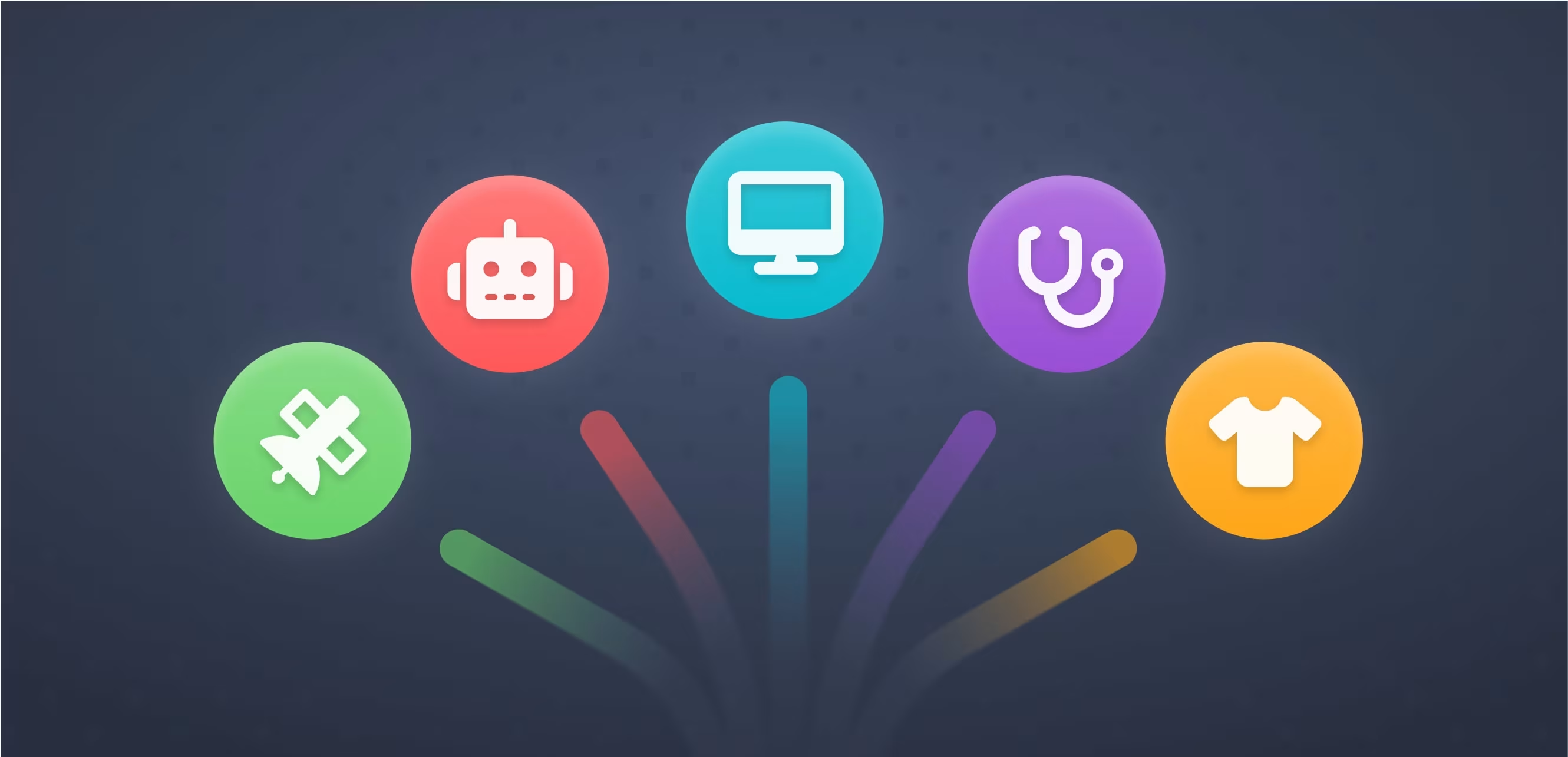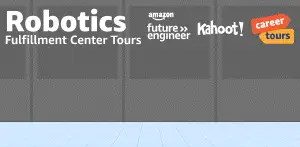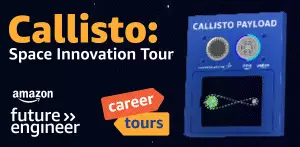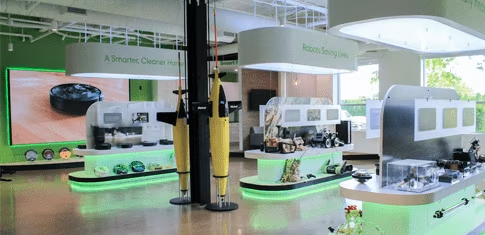Computer science in the real world
Computer science opens doors to exciting careers in music, fashion, space, social impact, and more. Help students see where CS can take them through videos, virtual field trips, and hands-on activities that bring real-world pathways to life.
Careers in computer science videos
Careers in computer science and technology can be fun and rewarding. But what does a person working in these fields really do? With a vast variety of jobs and companies, there's not just one answer to this question. Watch the videos below to meet some of the people who are tackling big problems in creative ways.
TEACHER RESOURCE
Viewing Guide and Reflection Sheet
Teachers, check out our viewing guide for using these videos in class. Guide also includes reflection worksheet for students in grade 6 and up.
Curriculum that connects to careers
Explore Code.org courses that help students discover real-world career pathways in computer science and AI.
Go on a virtual field trip
Join exciting virtual tours to see how computer science is applied in various industries and environments.
My Journey Career Chats
Introduce your students to a diverse group of people using computer science to explore space, build robots, create TV shows, and more. They’ll discover how CS can drive positive change and learn about the unique paths people take to build meaningful careers.
My Journey Chats Video Series

See the full collection of our My Journey Chat video series on the official Code.org YouTube channel.
My Journey Chats Teacher's Guide for K-5

Prepare for My Journey Chats with student takeaways, pre- and post-lesson ideas, and idea for deeper exploration.
My Journey Chats Teacher's Guide for 6-12

Explore guiding principles, classroom discussion tips, and reflection prompts tailored for older students.
Engage parents and encourage your students

FOR TEACHERS
Letters Home to Encourage Students
Did you know that if parents or teacher tells a student they’d be good at a subject, that student is two to three times more likely to stick with that subject! Connect with parents with the help of these email templates.
Resources to empower students to take the next step
Point students toward real-world opportunities like mentorships, internships, and scholarships that can help them take the next step in their CS journey. These directories are a great place to start exploring what’s out there—but they’re not exhaustive and may change over time, so we encourage you to check back or explore further on your own.

Mentorships
Connect with mentorship programs and peer communities that support students exploring computer science and technology careers.
Internships
Discover internships and apprenticeships that offer real-world experience and insight into careers in computer science and tech fields.
Scholarships
Find scholarships to help fund your education in computer science and related fields, including opportunities for underrepresented students.
Extracurricular
Explore tools, programs, and clubs that let students build CS skills, pursue passions, and prepare for future STEM and tech careers.
Online Courses
Browse curated online courses—free and paid—that help students learn computer science concepts and build skills anytime, anywhere.
























